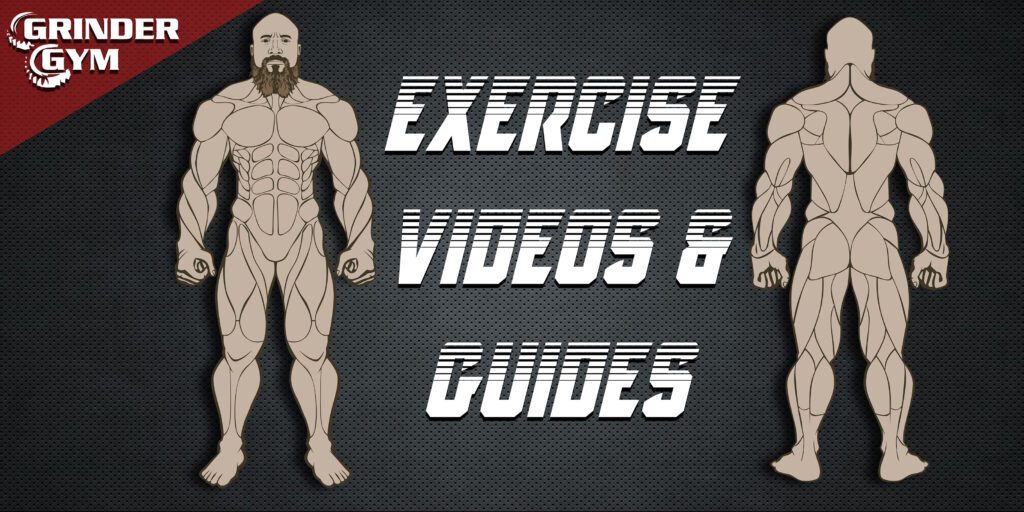The Axle Bar Deadlift is a staple in Strongman competitions, known for its increased difficulty due to the thicker bar, which challenges grip strength significantly. This event tests not only the athlete’s raw power but also their ability to handle the unconventional and more cumbersome axle bar.
Event Description
In the Axle Bar Deadlift, competitors lift a thick, non-revolving bar loaded with weights from a variety of heights from the ground to a standing position. The bar’s thickness, usually around 2 inches in diameter, adds a significant challenge, making grip strength a crucial factor. Although Lifting Straps are typically used for this event.
Rules and Execution
- Starting Position: The axle bar starts from a predetermined height, with weights loaded evenly on both sides. Competitors typically stand with their feet hip-width apart, toes pointing slightly outward, and the bar positioned over the midfoot. Variations on stance are acceptable as long as the athletes don’t pull sumo.
- Grip: Athletes can use a double overhand grip or a mixed grip (one hand overhand, one hand underhand). The use of lifting straps is often allowed and can be crucial due to the bar’s thickness.
- Lift: The competitor must lift the axle bar by extending the hips and knees simultaneously, keeping the back straight and shoulders back. The lift is complete when the athlete stands fully erect with knees locked and shoulders back. In Strongman, a hitch is often acceptable.
- Lockout: At the top of the lift, the athlete must demonstrate full control with an upright posture, knees locked, and shoulders back. The lift is only considered successful once the judge signals approval.
- Descent: After a successful lift, the competitor must lower the axle bar back to the ground under control. Dropping the bar from the top position may result in disqualification or a penalty.
Variation in Height
While the traditional axle bar deadlift starts from the ground, variations in bar height are common in Strongman competitions:
- Tire Deadlift: Often, axle bars are lifted from heights between 13″ and 18″, depending on the size of the tires used in the setup. The most common height is 15″ due to the popularity of hummer tires.
- Viking Deadlift: Performed at a 21″ bar height, this lift can use round, square, or Saxon bars, each presenting its own challenges.
Equipment
- Axle Bar: A thick, non-revolving bar, typically around 2 inches in diameter.
- Plates: Weight plates of various sizes and weights, calibrated for competition accuracy.
- Lifting Belt: Optional for added core support.
- Chalk: Used to improve grip by reducing moisture on the hands.
- Lifting Straps: Often allowed due to the increased grip challenge posed by the axle bar.
Scoring and Variations
- Maximum Weight: The primary objective is to lift the heaviest possible weight for a single repetition. Competitors typically have three attempts to achieve their maximum lift. In many cases, the event will be run in a “rising bar” format.
- Repetition Challenge: Some variations of the event focus on the number of repetitions completed at a set weight within a given time limit.
- Form and Technique: Carefully review the competition rules to see if hitching (resting the bar on the thighs during the lift) or using momentum is allowed or will result in disqualification or no count for the lift.
The Axle Bar Deadlift is a formidable test of grip strength and overall power, making it a challenging and exciting event in Strongman competitions. Its unique demands and the variations in lifting height add depth and complexity, ensuring that only the strongest and most skilled competitors excel.

